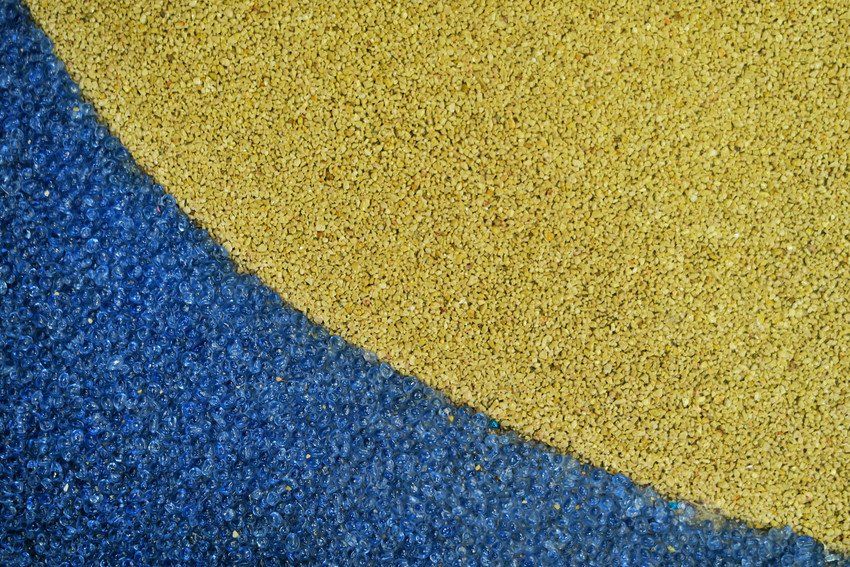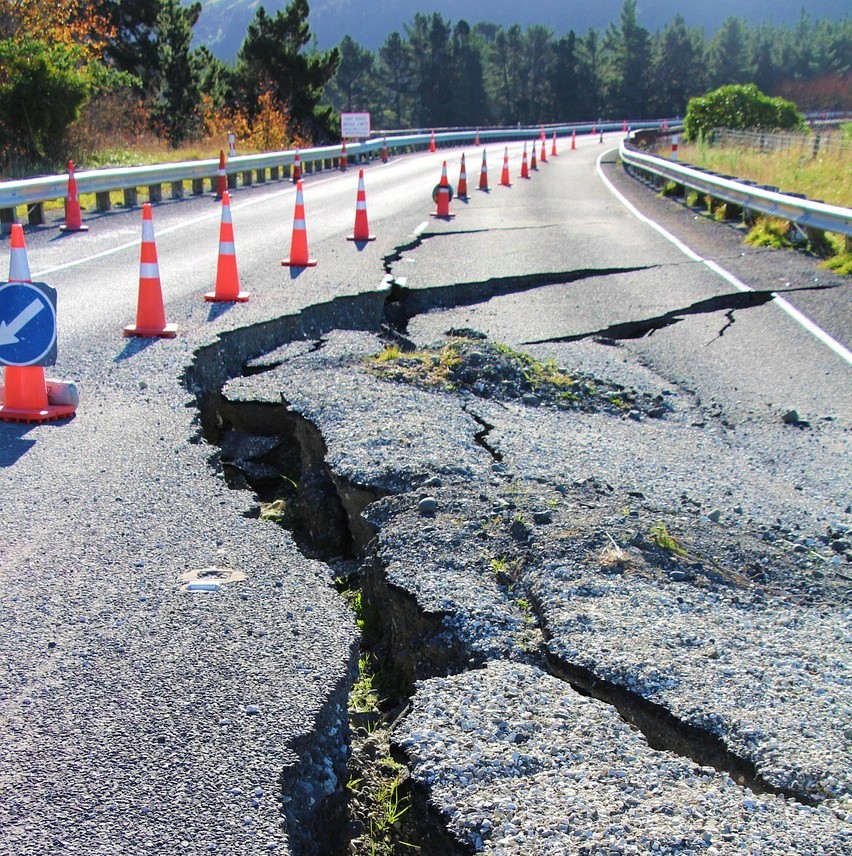A professionally laid, well-maintained driveway can easily last 15-25 years. But when it starts to crack or warp, its condition can get worse very quickly.
Driveway repair and resurfacing is a quick and cost-effective way to restore a worn driveway to top shape, dramatically improving its appearance and extending its lifespan. Whether you’re a homeowner, landlord or commercial property owner, driveway resurfacing lets you enhance your property without the expense of full driveway replacement.
The specific steps involved in driveway repair and resurfacing depend on the material used. But the general driveway resurfacing process is largely the same for each one. Achieving a professional finish requires proper preparation and skilled laying to ensure durability, safety and lasting aesthetic appeal.
So when it’s time to resurface your driveway, get in touch for a free quote from the trusted experts at Hazell & Jefferies Ltd.
Even with proper driveway maintenance, your surface will eventually show signs of wear and tear. Knowing the ideal time to arrange new driveway surfacing helps you avoid more costly repairs and full replacements later down the line.
Here are some common signs that it’s time to get your driveway resurfaced.
Small cracks can quickly grow into larger structural issues if left untreated, especially in freeze-thaw conditions. And while potholes and sunken areas certainly look unsightly, they can also cause damage to vehicles and trip up foot traffic.
Driveway resurfacing starts with repairs for cracks and potholes, and leaves you with a smooth and satisfying finish that solves underlying problems.
Certain driveway materials are more suitable for UK weather conditions. But even these will eventually break down under rain, frost and UV rays, as well as the pressure of heavy vehicles. Driveways exposed to heavy traffic and harsh weather degrade more quickly.
If your driveway is looking worn and uneven, resurfacing can refresh the finish and reinforce its structure.
Most driveways materials fade with prolonged exposure to sunlight. Fading is mostly cosmetic. But it seriously detracts from your property’s curb appeal. This is a big problem when you’re trying to attract buyers, tenants or customers. But it can also make your property feel less welcoming for you.
Driveway resurfacing revitalises the rich, uniform appearance of your driveway. And with a choice of decorative low-maintenance driveway materials like resin or patterned concrete, you can give your exterior a delightful upgrade!
Pooling water, puddles or water running toward buildings are clear signs that your driveway’s surface or gradient isn’t doing its job. Driveway repair and resurfacing lets you correct these issues and improve surface water management.
And if your driveway material isn’t porous, the expert contractors at Hazell & Jefferies Ltd will build in the drainage features you need to protect your property. (We can even add features to make your driveway more accessible!)
Resin-bonded and older tarmac driveways tend to shed loose stones. This reduces grip for vehicles and pedestrians. And once a few stones come loose, more are sure to follow.
If sweeping up scattered aggregate becomes a regular chore, it’s time to get your driveway resurfaced.
The better you care for your driveway, the longer it’ll last. Regular driveway repair and resurfacing is part of maintenance. Even if there’s no visible damage, it’s likely your driveway will be losing some of its lustre and structural integrity.
So if your driveway is more than a decade old, it’s recommended that you schedule resurfacing with a trusted local driveway surfacing contractor. Preventative surfacing extends the life of your surface before major repairs become necessary.
It’s also worthwhile to get your driveway sealed to add an extra layer of protection.
If you’ve never had your driveway resurfaced, you might not know what to expect.
So let us walk you through our step-by-step driveway resurfacing process so there are no surprises!
We start by measuring the full expanse of your driveway, noting every crack, hole and depression to calculate how much repair material we need. If there are any signs of pooling water or surface sinking, we’ll also probe the sub-base at key points to check for poor compaction.
Any edge drainage channel defects are also logged so we can build necessary repair works into your driveway resurfacing plan.
Loose debris, leaves, gravel and stains can all interfere with the stability and longevity of your new driveway surface. That’s why we thoroughly sweep and treat your driveway before we start resurfacing to ensure you get the best possible results. After that, we also deep clean the surface with a high-pressure water jet to flush out moss, lichen and fine particles from micro-cracks.
Pristine driveway resurfacing needs a strong foundation. So we start by cutting away damaged sections in neat shapes and filling them in. Depending on what kind of driveway you have, we might fill with the same material or a compatible patching agent.
Smaller cracks are treated with filler or sealant.
Before we lay new material, we need to spread bonding agent or primer to your driveway surface to make sure it adheres properly.
This could be:
Once we’ve applied the adhesive layer, it’s time to lay your new driveway surface. This is the biggest difference in the driveway resurfacing process for different materials.
For asphalt or tarmac, we apply hot-mix material and spread it to the target depth.
Resin-bound surfaces are produced by mixing aggregates and resin together then laying and trowelling to the correct thickness. But resin-bonded systems involve spreading a thin coat of resin and immediately spreading aggregate across the surface. And concrete overlays are applied as a slurry then screeded to produce a level, uniform surface.
We compact your new driveway material using machinery like rollers or plate compactors to achieve the correct density. Then we hand-tool edges, joints and decorative profiles to give you crisp borders against kerbs and paving.
As we finish your driveway, we also monitor the surface texture to ensure it meets safety and slip-resistance requirements.
After laying your driveway, we perform a straight-edge and depth check across the area to make sure it meets our high standards. We also re-install or refit drainage gullies and curb details as needed.
Lastly, we remove all the materials, tools and protective coverings we brought to your site. And before we leave, we walk you through your new driveway to review finish quality and explain any aftercare requirements.
The start-to-finish for driveway resurfacing depends on the size, condition and material being laid. And even when we’re finished, you’ll need to avoid using your driveway for a little while so it has time to cure and harden.
But for a medium-sized driveway (30-50m2) in fair condition, you can expect your full driveway repair and resurfacing process to take:
Smaller driveways (under 20m2) can sometimes be completed a day faster, especially if they’re in good condition. But larger or heavily damaged surfaces can require 1-2 days of preparatory repairs. Wet or cold conditions can also extend curing times, especially for resin or concrete.
Move all cars, motorbikes, bicycles and other vehicles off your driveway.
You won’t be able to park on it until your driveway surface has cured. So you and your visitors will need to park somewhere else.
Please also remove planters, garden ornaments, rubbish bins and other items that could obstruct the work area or get damaged during cleaning and resurfacing.
We’ll need room to park our vans, mixers, compactors and pressure washers close to but not on your driveway. You can help by clearing a route from the street to your driveway and designating a space where we can store vehicles and materials.
Between pressure washing, cutting and compacting, resurfacing can get noisy. And in some cases, we might need to set up traffic management signs. It’s best to give your neighbours a friendly heads up to minimise inconvenience and avoid nasty surprises.
Driveway repair and resurfacing is a necessary part of property maintenance. But when you choose a qualified, experienced driveway surfacing contractor, you can have confidence in a beautiful surface that lasts for years to come.
From thorough preparation to careful laying and finishing, the experts at Hazell & Jefferies Ltd handle every step with precision.
As a fully accredited driveway surfacing contractor with over 50 years’ experience, we provide durable, cost-effective services to property owners and managers throughout Oxfordshire, Reading, Berkshire and the surrounding areas.
Contact us today for your free driveway resurfacing quote.

